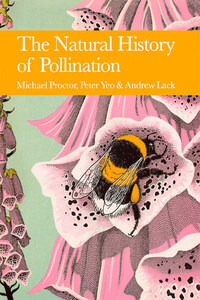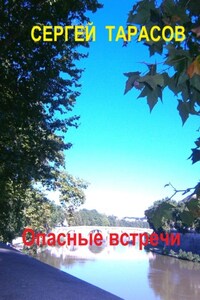Collins New Naturalist Library
83
The Natural History of Pollination
Michael Proctor, Peter Yeo and Andrew Lack
Sarah A. Corbet
S. M. Walters, Sc. D., V.M.H
Prof. Richard West, Sc. D., F.R.S., F.G.S
David Streeter, FIBiol
Derek A. Ratcliffe
The aim of this series is to interest the general reader in the wildlife of Britain by recapturing the enquiring spirit of the old naturalists. The editors believe that the natural pride of the British public in the native flora and fauna, to which must be added concern for their conservation, is best fostered by maintaining a high standard of accuracy-combined with clarity of exposition in presenting the results of modern scientific research.
For a generation of pollination ecologists, the forerunner of this book was an inspiration and something of a bible. Its authors are professional biologists, and at the same time excellent naturalists with a love of books and with expertise in photography. By drawing together the hitherto rather separate botanical and zoological European literature of pollination ecology, and enriching it with their own wide experience and their excellent photographs, they drew many people into pollination ecology. This is now a fast-growing research area with many devotees throughout the world, and there is a risk that the rapid development of particular aspects will make its practitioners lose sight of the main field, and particularly of the basis in natural history that attracted many of us to the topic in the first place. The time has come for a fresh synthesis, particularly now that a decline in native pollinating communities threatens the viability of crops and wild flowers, so that the understanding and management of pollination systems is becoming a practical necessity.
Michael Proctor and Peter Yeo have been joined by a third author, Andrew Lack, to help them produce this new synthesis. It is a fresh book, with new content and a different title, but it retains the qualities that made its forerunner such an important stimulus to the development of interest in the subject of pollination ecology. Its scope has been widened; the British focus of the earlier book has been broadened so that its scope is now worldwide, including, for example, pollination by birds and bats and some remarkable interactions involving exotic orchids.
Since its inception, the New Naturalist series has been known for its illustrations. It is appropriate that this, with its focus on flowers and animals of such beauty and intricacy, should be among the most lavishly illustrated volumes in the series so far. In the New Naturalist tradition, it will appeal to the eyes as well as the minds of naturalists. Perhaps it will help to inspire the new generation of pollination ecologists who will be responsible for protecting and maintaining this delicate mutualism in the decades to come.
Pollination has been a quintessential part of popular natural history for as long as any of us, or our parents or our grandparents, can remember, and the sight of insects busying from flower to flower holds a quite unabated fascination today. Awareness of the need for pollination of the date palm stretches back into classical antiquity, but general recognition of the significance of pollination, and the importance of flower-visiting insects, had to wait for the scientific reawakening which gathered pace from the closing decades of the seventeenth century onwards. As time went on, other agents of pollination – wind, water, birds and bats – were found to play a part. One of the main reasons for the enduring appeal of the flower-insect relationship must be that it is so fundamentally one in which both partners benefit. In our present go-getting age we can sometimes be more conscious of how the partners exploit one-another’s services (and indeed there are some examples of very one-sided exploitation between flowers and their visitors). But in some ways this only adds to its appeal, and to the intellectual challenge of elucidating how the flower-pollinator relation has come into being, and how it is maintained in the competitive world of natural selection.









